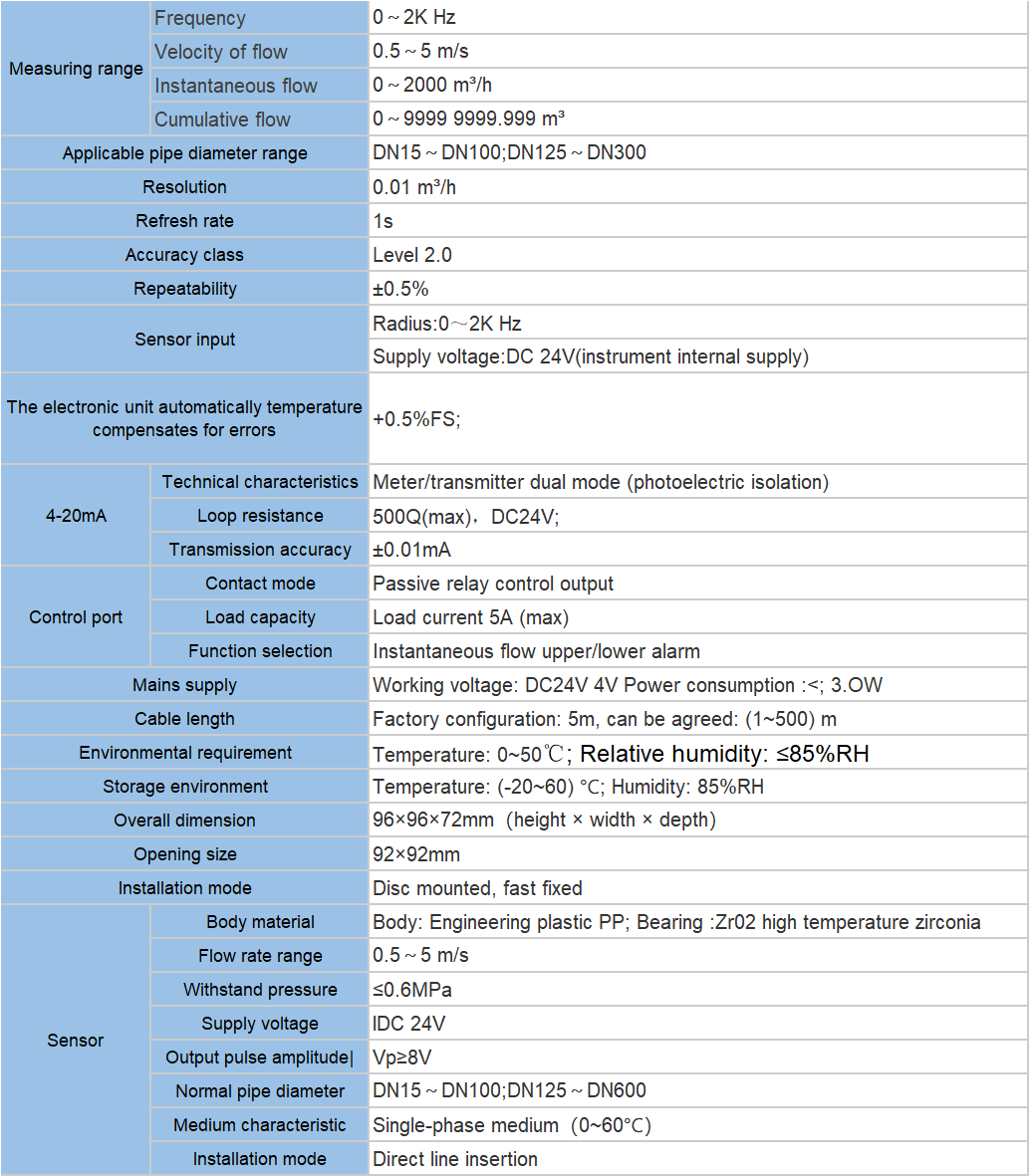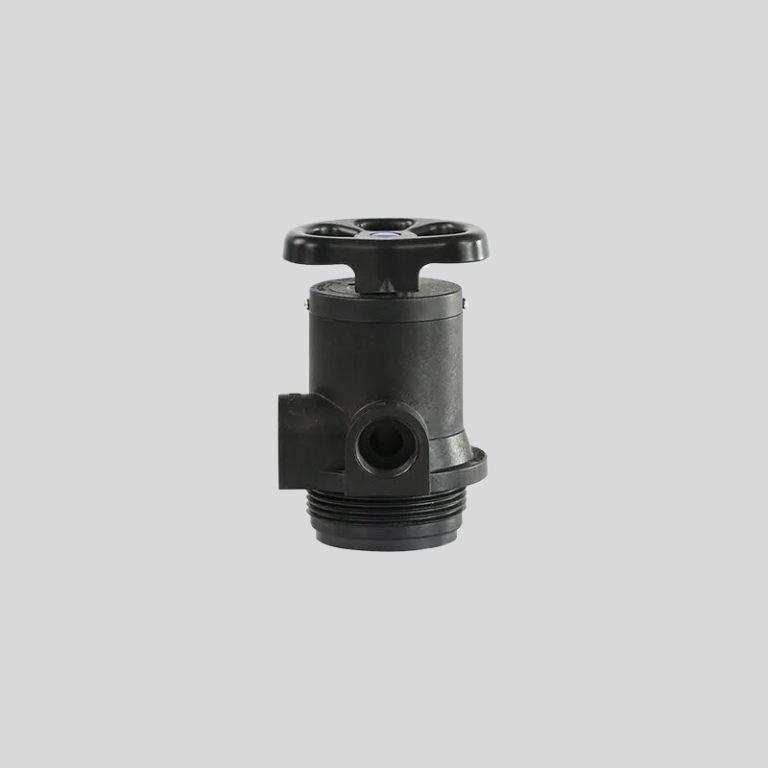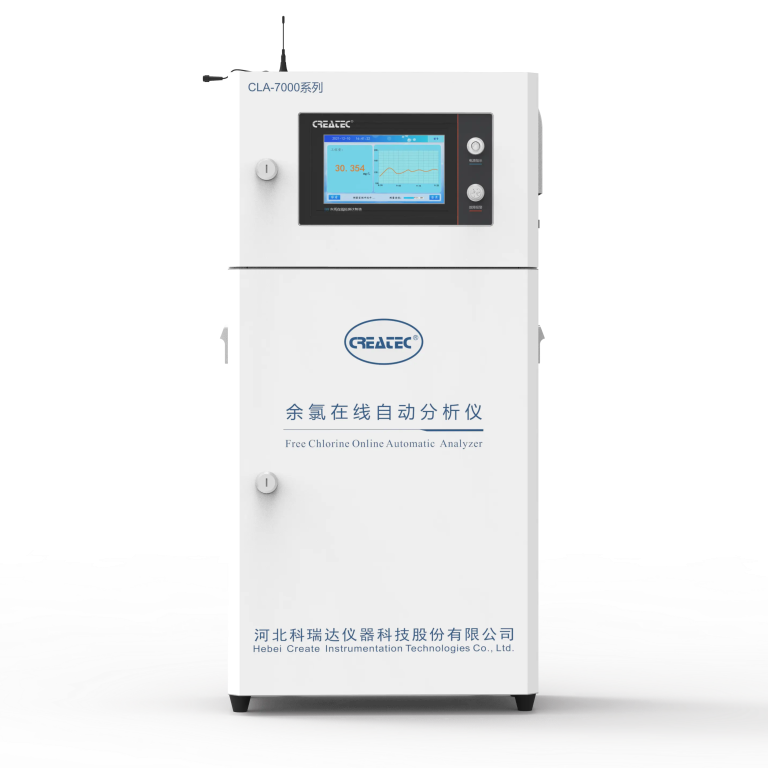العكارة المثالية لمياه الشرب الآمنة.
أهمية العكارة في جودة مياه الشرب
وضعت منظمة الصحة العالمية (WHO) مبادئ توجيهية بشأن التعكر في مياه الشرب. ووفقا لهذه المبادئ التوجيهية، يجب ألا يتجاوز تعكر مياه الشرب 5 وحدات تعكر كلوية (NTU). يعتمد هذا الحد على أبحاث مكثفة ويعتبر آمنًا للاستهلاك البشري. ومع ذلك، من المهم ملاحظة أن مستويات التعكر يمكن أن تختلف تبعًا لمصدر المياه وعمليات المعالجة المتبعة. لذلك، من الضروري أن تقوم محطات معالجة المياه بمراقبة وضبط عمليات المعالجة بانتظام للحفاظ على العكارة ضمن الحدود المقبولة.لقياس العكارة، تستخدم محطات معالجة المياه جهازًا يسمى مقياس العكارة. يقيس هذا الجهاز كمية الضوء المنتشرة بواسطة الجزيئات العالقة في الماء ويوفر قراءة التعكر في NTU. من خلال مراقبة التعكر بانتظام، يمكن لمحطات معالجة المياه اكتشاف أي تغيرات مفاجئة أو ارتفاعات في مستويات التعكر، مما قد يشير إلى وجود مشكلة في مصدر المياه أو عملية المعالجة.في الختام، يعد التعكر عاملاً مهمًا يجب مراعاته عند تقييم جودة مياه الشرب ماء. يمكن أن يشير إلى وجود التلوث الميكروبي والمواد الضارة الأخرى، وكذلك يؤثر على فعالية عمليات معالجة المياه. ومن خلال مراقبة مستوى مقبول من التعكر والحفاظ عليه، يمكن لمحطات معالجة المياه ضمان سلامة وجودة إمدادات مياه الشرب. يعد الاختبار المنتظم وتعديل عمليات المعالجة أمرًا ضروريًا للوفاء بالمبادئ التوجيهية الموضوعة وتوفير مياه الشرب النظيفة والآمنة للجمهور. The World Health Organization (WHO) has established guidelines for turbidity in drinking water. According to these guidelines, the turbidity of drinking water should not exceed 5 nephelometric turbidity units (NTU). This limit is based on extensive research and is considered safe for human consumption. However, it is important to note that turbidity levels can vary depending on the source of water and the treatment processes in place. Therefore, it is essential for water treatment plants to regularly monitor and adjust their treatment processes to maintain turbidity within acceptable limits.To measure turbidity, water treatment plants use a device called a turbidimeter. This instrument measures the amount of light scattered by suspended particles in water and provides a turbidity reading in NTU. By regularly monitoring turbidity, water treatment plants can detect any sudden changes or spikes in turbidity levels, which may indicate a problem with the water source or the treatment process.In conclusion, turbidity is an important parameter to consider when assessing the quality of drinking water. It can indicate the presence of microbial contamination and other harmful substances, as well as affect the effectiveness of water treatment processes. By monitoring and maintaining an acceptable level of turbidity, water treatment plants can ensure the safety and quality of the drinking water supply. Regular testing and adjustment of treatment processes are essential to meet the established guidelines and provide clean and safe drinking water to the public.
The World Health Organization (WHO) has established guidelines for turbidity in drinking water. According to these guidelines, the turbidity of drinking water should not exceed 5 nephelometric turbidity units (NTU). This limit is based on extensive research and is considered safe for human consumption. However, it is important to note that turbidity levels can vary depending on the source of water and the treatment processes in place. Therefore, it is essential for water treatment plants to regularly monitor and adjust their treatment processes to maintain turbidity within acceptable limits.To measure turbidity, water treatment plants use a device called a turbidimeter. This instrument measures the amount of light scattered by suspended particles in water and provides a turbidity reading in NTU. By regularly monitoring turbidity, water treatment plants can detect any sudden changes or spikes in turbidity levels, which may indicate a problem with the water source or the treatment process.In conclusion, turbidity is an important parameter to consider when assessing the quality of drinking water. It can indicate the presence of microbial contamination and other harmful substances, as well as affect the effectiveness of water treatment processes. By monitoring and maintaining an acceptable level of turbidity, water treatment plants can ensure the safety and quality of the drinking water supply. Regular testing and adjustment of treatment processes are essential to meet the established guidelines and provide clean and safe drinking water to the public.







